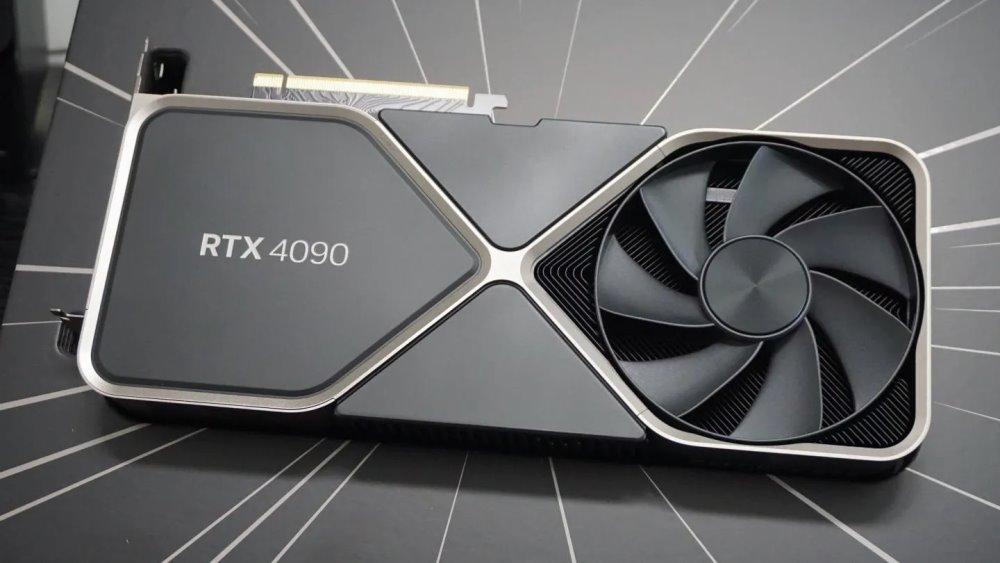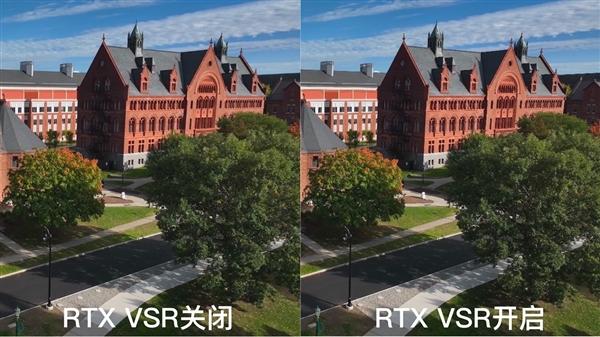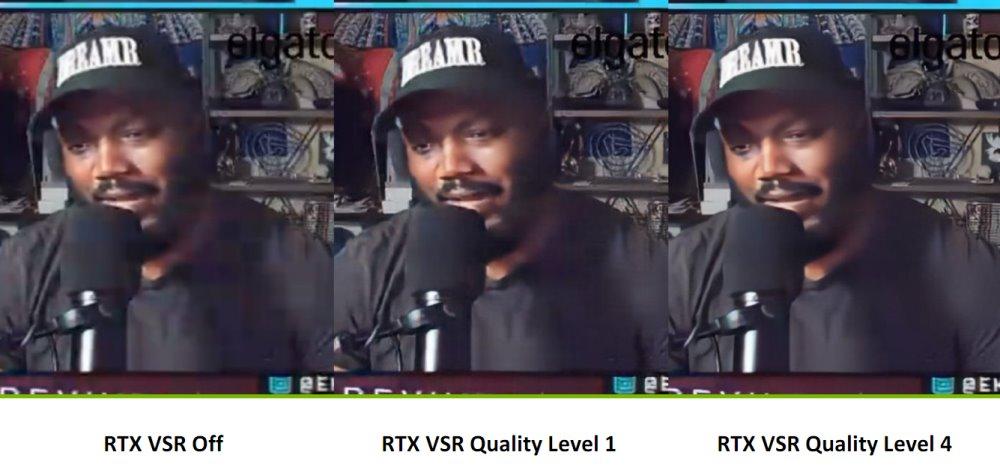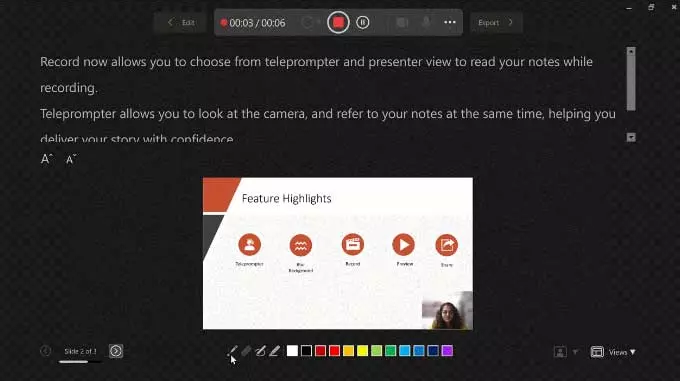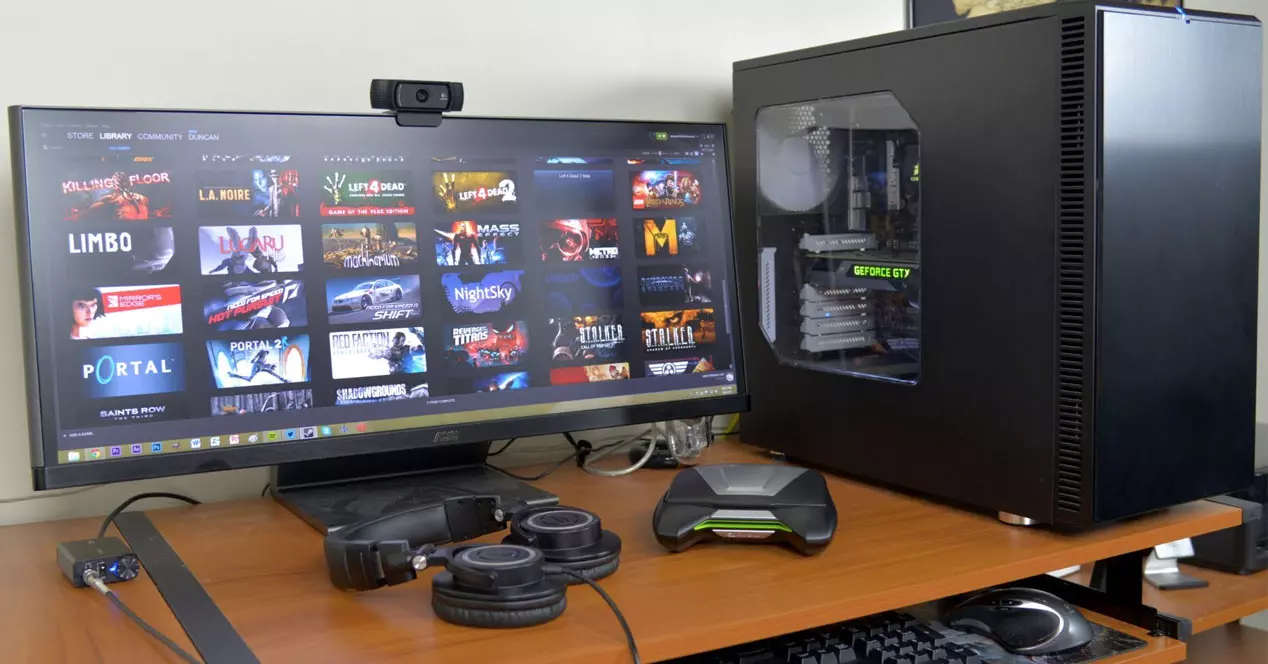
NVIDIA VSR (Viseo Super Resolution) makes use of almost the same technology as DLSS. It is an artificial intelligence based technology that rescales the image from low quality to high quality. A technology focused on the video quality of content that we see on the Internet, such as YouTube, Netflix, HBO and others.
Increase video quality to streaming
This technology focuses on the quality of video in the browser. This technology focuses on those who do not have the capacity, due to their Internet connection, to access high-quality content. What it does is take video of resolutions between 360p and 1440pand raise it to 4K resolution. It allows the user to enjoy a great image quality, very clear.
The problem with enjoying online content in low quality is the unclear images. We have blurred images, very pixelated, with unclear edges. What NVIDIA VSR allows is to scale the image to a higher quality and “cleaning” it allows to have sharper edges and artifacts are removed typical of image compression.
To enjoy this technology we need the Google Chrome, Microsoft Edge, Mozilla Firefox browsers or any other compatible browser. Of course, it is not valid for all versions, we must have latest version installed of these browsers. Furthermore, we must have perfectly updated drivers in order to use this technology.
This technology has a defect, and it is that it is limited to the NVIDIA RTX 30 Series and RTX 40 Series graphics cards. The company leaves out, in principle, all RTX 20 Series graphics cards. It was foreseeable that the GTX would be left out, since they lack Tensor Cores reserved for AI technologies.
This technology arrives in four levels. We will have from VSR1, which is the most basic option, to VSR4. Obviously, the higher quality we want, the more use of the graphics card will be necessary.
NVIDIA VSR hardware impact and consumption
Several media have published the first data on the use of hardware and consumption of this technology. The truth is that they are very interesting data and have little impact, in general, on the graph.
Regarding the requirements, PCWorld has confirmed that the impact, in most cases, is very low on a NVIDIA RTX 4070 Ti. For streaming content no RSV active, the use of the graphics card ranges from 4-33%, being normal within the transmission between 17-19%. With VSR1, we go to a consumption of 25-33% of the graph with an average of 32%. VSR2 oscillates between 24-35% with an average of 33% and in VSR3 we move between 29-36% with an average of 25%. Finally, with VSR4 usage skyrockets average of 44-46%. Unfortunately, they have not given consumption data.
Tom’s Hardware has tested it on the RTX 4090 and RTX 3050, and has provided consumption data. In the RTX 4090 has a consumption without 28.9W VSR for video streaming, going up to 32.8W on VSR1 and 36.9W on VSR4. while the RTX 3050 has a consumption without 13W VSRrising to 15.9W both in VSR1 as in VSR4.
As we see in the data, the use of the graphics card is normally below 50%. This technology is focused on AI, making special use of the Tensor Cores of the graphics card. In addition, we see that the impact on consumption is really low, being 8W at most with the RTX 4090.
At the moment, these are desktop hardware data, we do not know how it will work on laptops. It is possible that you did not give much in terms of consumption and therefore the impact on the autonomy of the laptop does not vary excessively.
